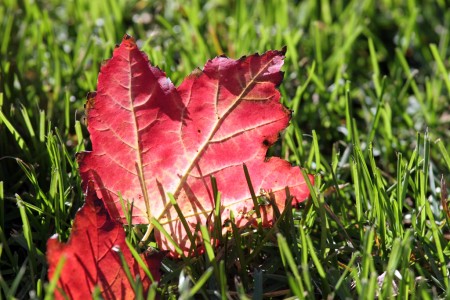A recent report from Wetlands International provides a global overview of greenhouse gas (GHG) emissions from wetlands. Neither their present state nor their total greenhouse gas holdings are comforting. Indonesia is the world’s most substantial emitter of GHGs from peat, with annual emissions of 500 million tonnes of carbon dioxide (CO2). That is about 2/3 of Canada’s total emissions. When it comes to stock, Canada leads the world with a troubling 155 billion tonnes of CO2 embedded in peat, enough to add 569 billion tonnes of CO2 to the atmosphere. In total, the 0.3% of the world’s land surface covered by drained peat already generates about 6% of global emissions.
This reinforces two points about climate change mitigation:
- Firstly, we need to pay attention to land use changes as well as fossil fuel use, when it comes to cutting down the amount of GHGs humanity is adding to the atmosphere, eventually stabilizing at zero net emissions.
- Secondly, if we create enough warming, there are huge stocks of carbon that could be released, pushing that process even further. Pushing the climate system to the point where positive feedbacks become dominant would commit us inescapably to significant additional warming, over and above that created through direct human actions.
While policies like a carbon tax to discourage emissions are a critical part of the solution, humanity needs to accept that our overall physical and biological impact on the planet is so large that we need to give serious consideration to how our collective policies and individuals choices are affecting the future of the climate. Recognizing the carbon intensity of drying marshland is a small but important part of that.

